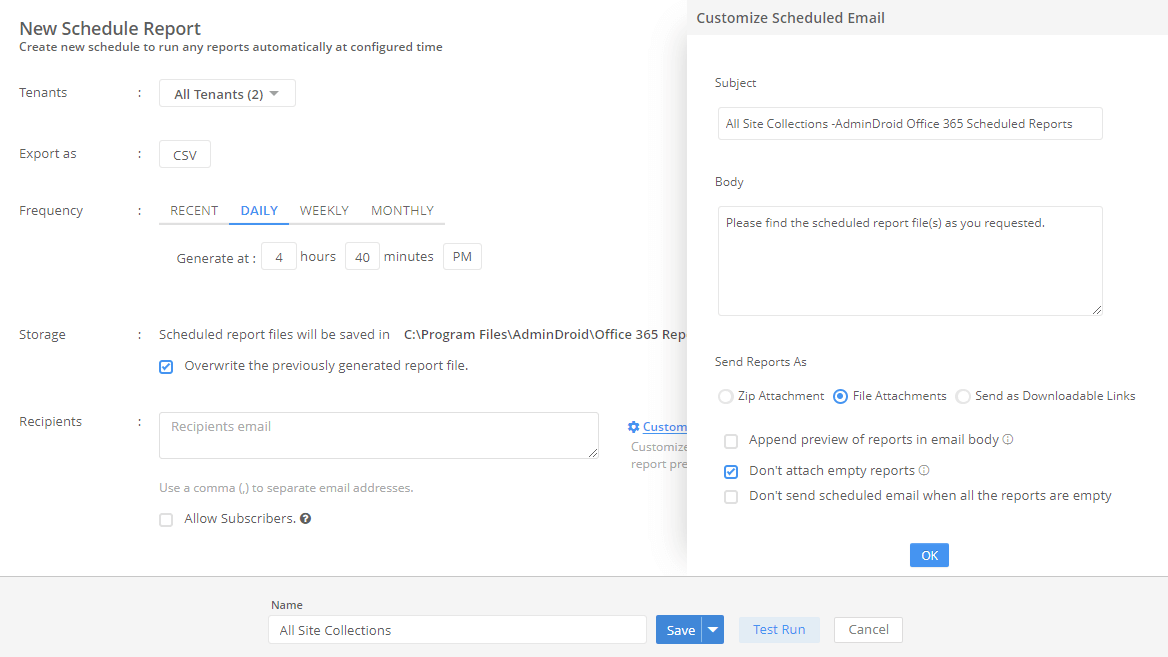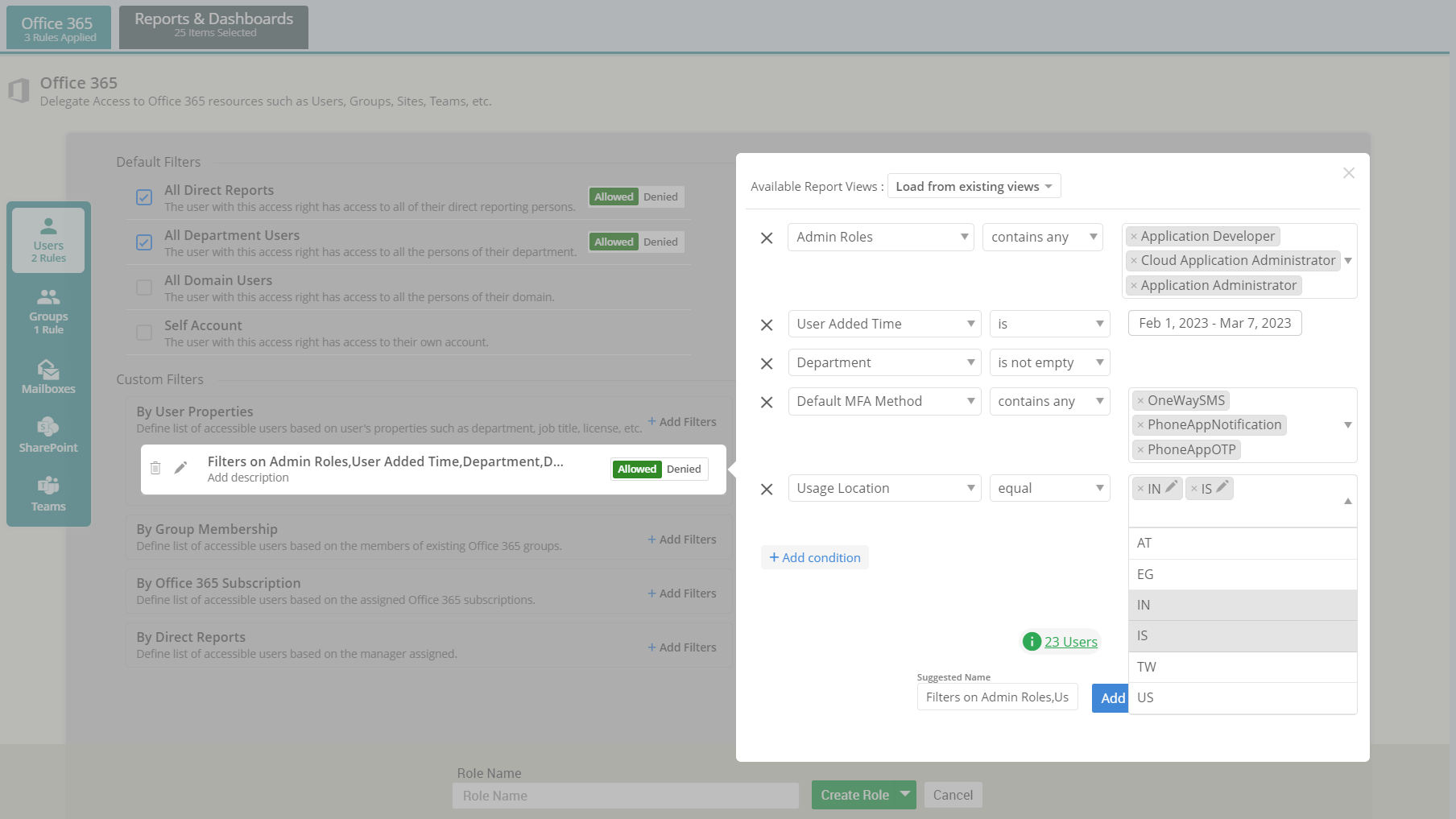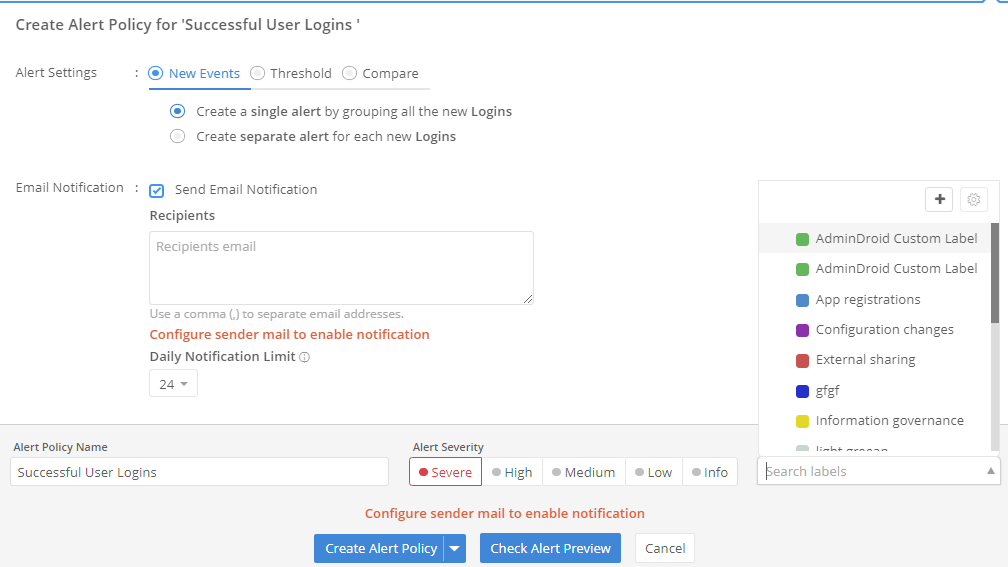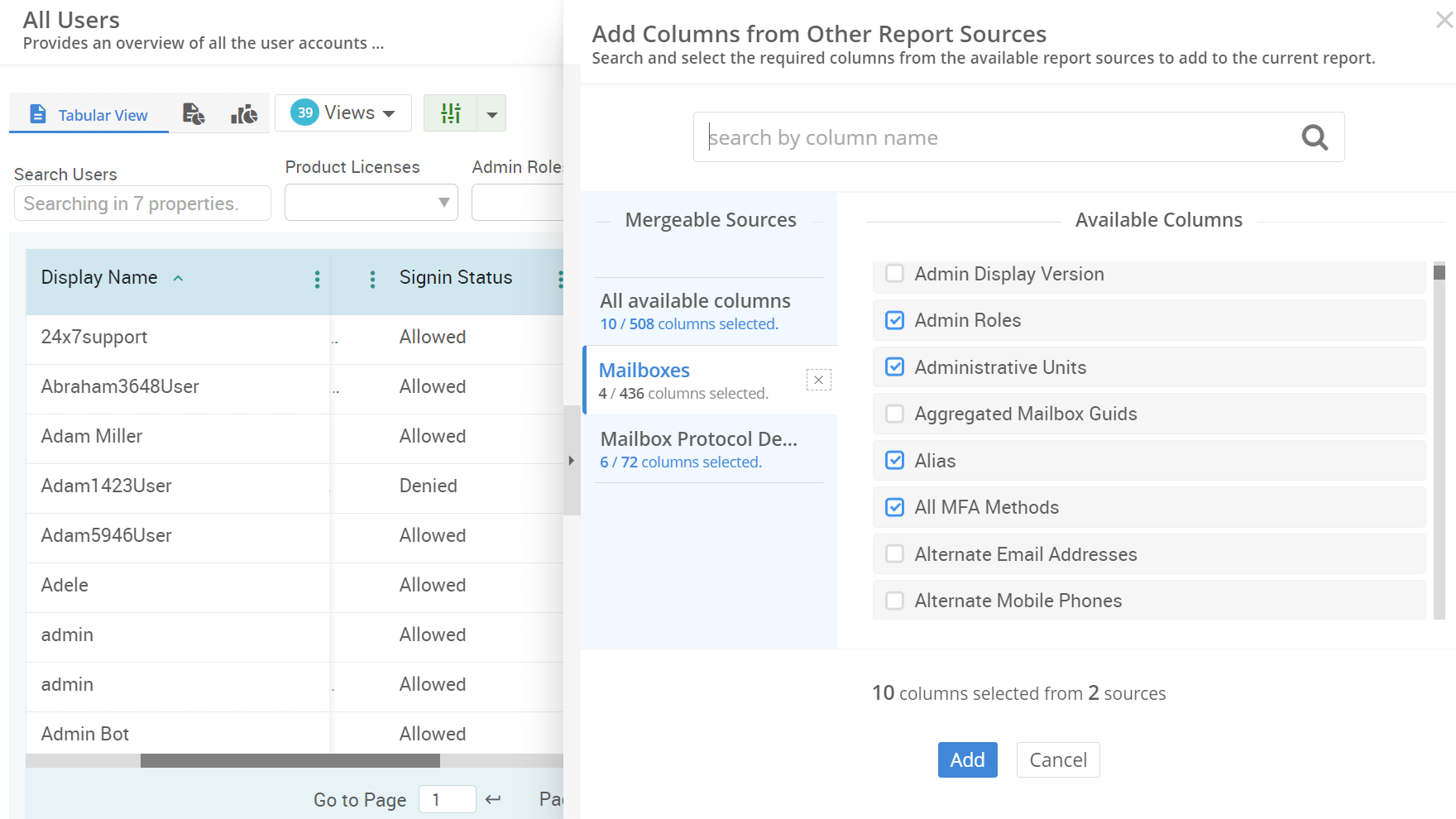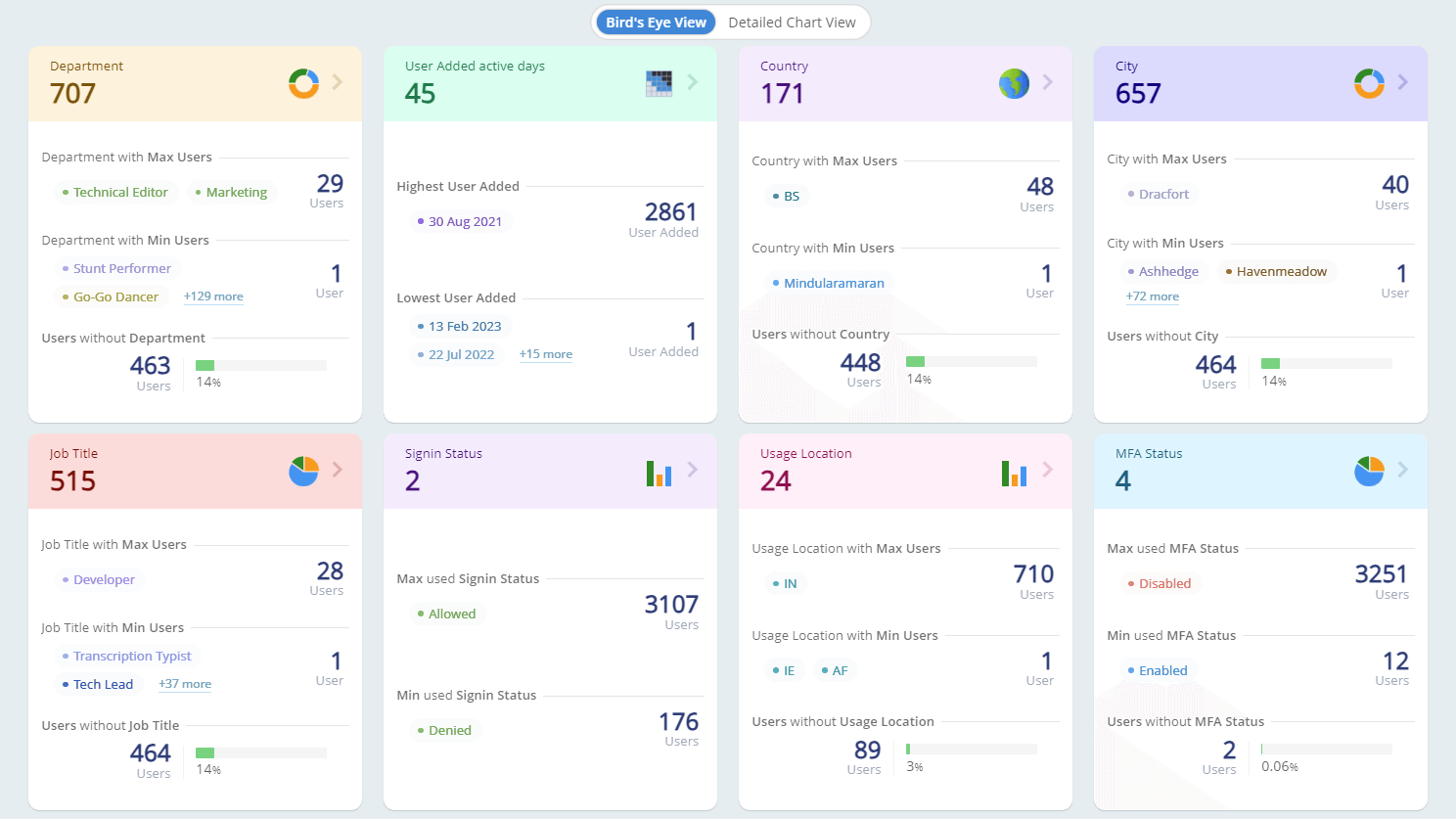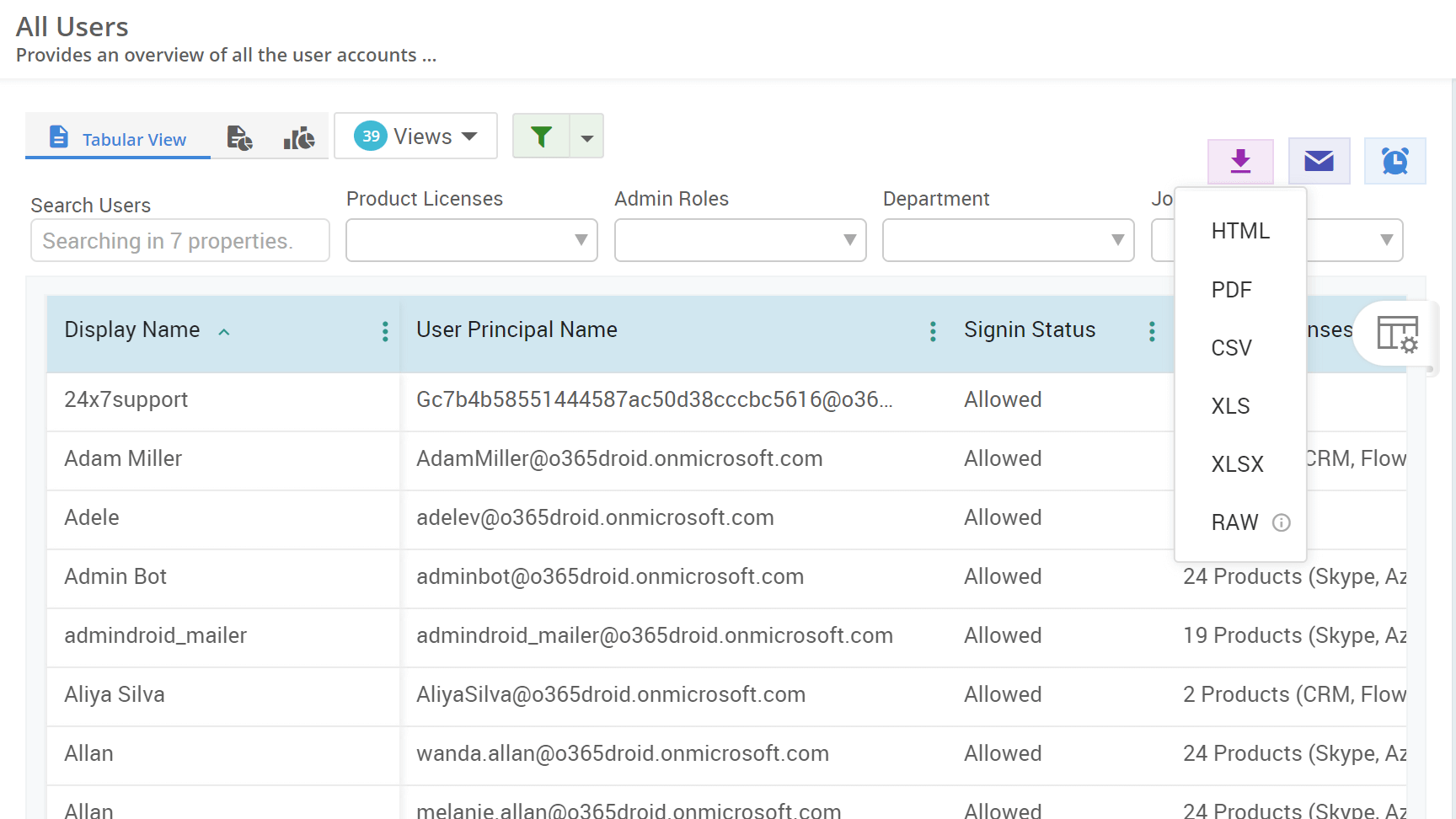How to Audit Mailbox Permission Changes in Exchange Online
Unauthorized mailbox access in Exchange Online allows individuals to read and access organization’s mailboxes, resulting in sensitive data leakage. Also, managing all those mailboxes has always been a challenging task for admins. This guide explores effective methods to detect mailbox permission changes to prevent security breaches in Microsoft 365.










